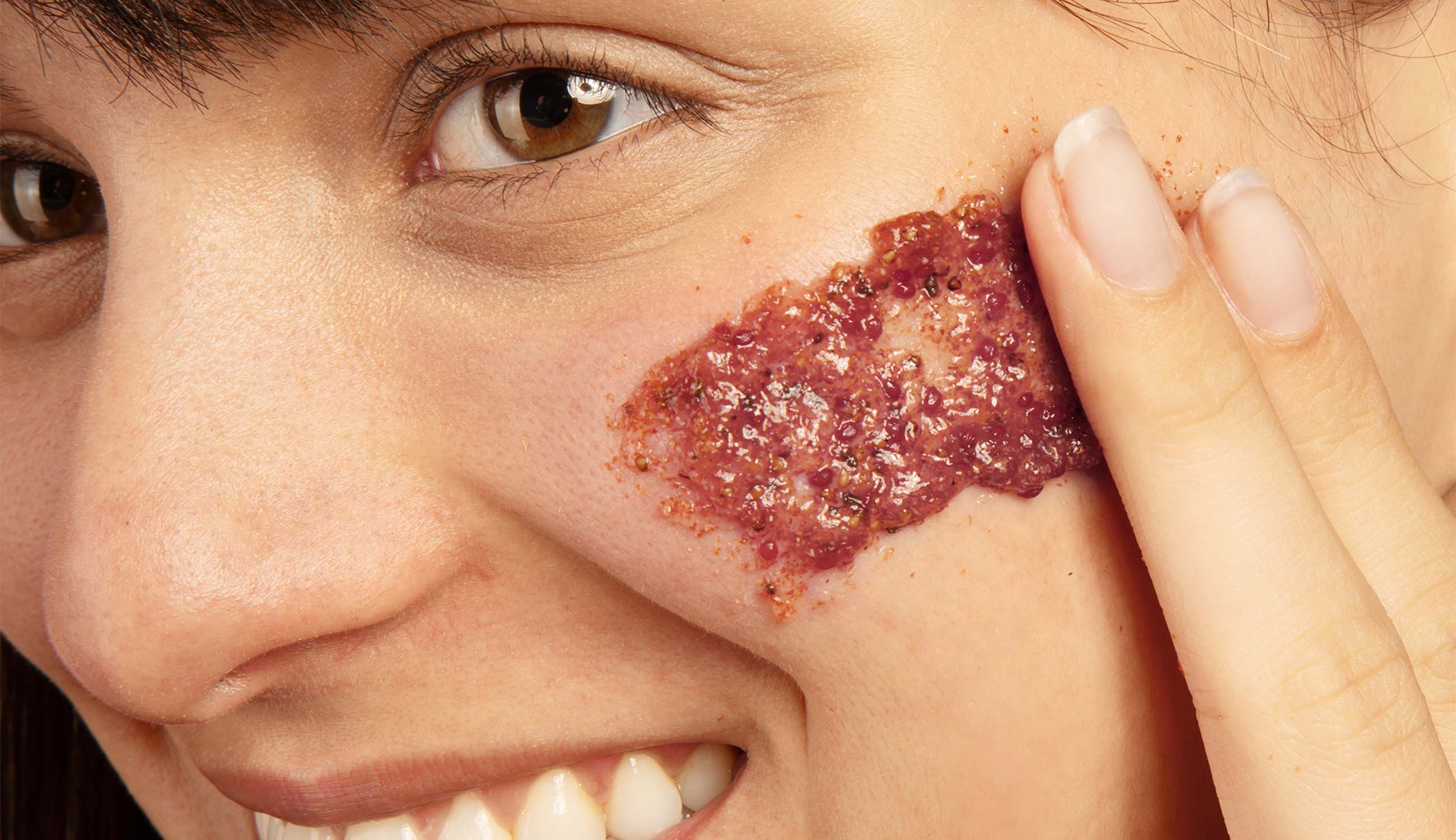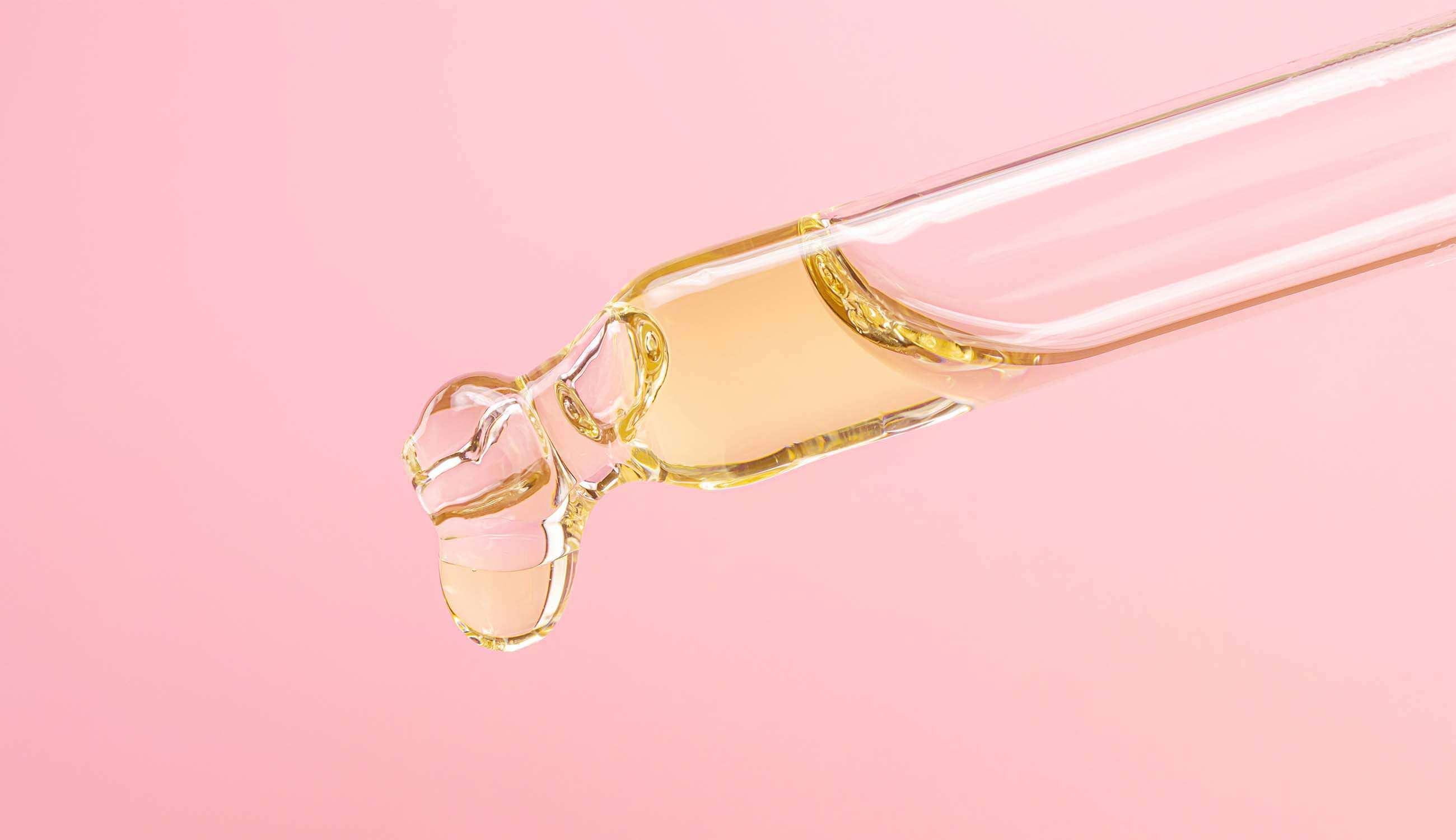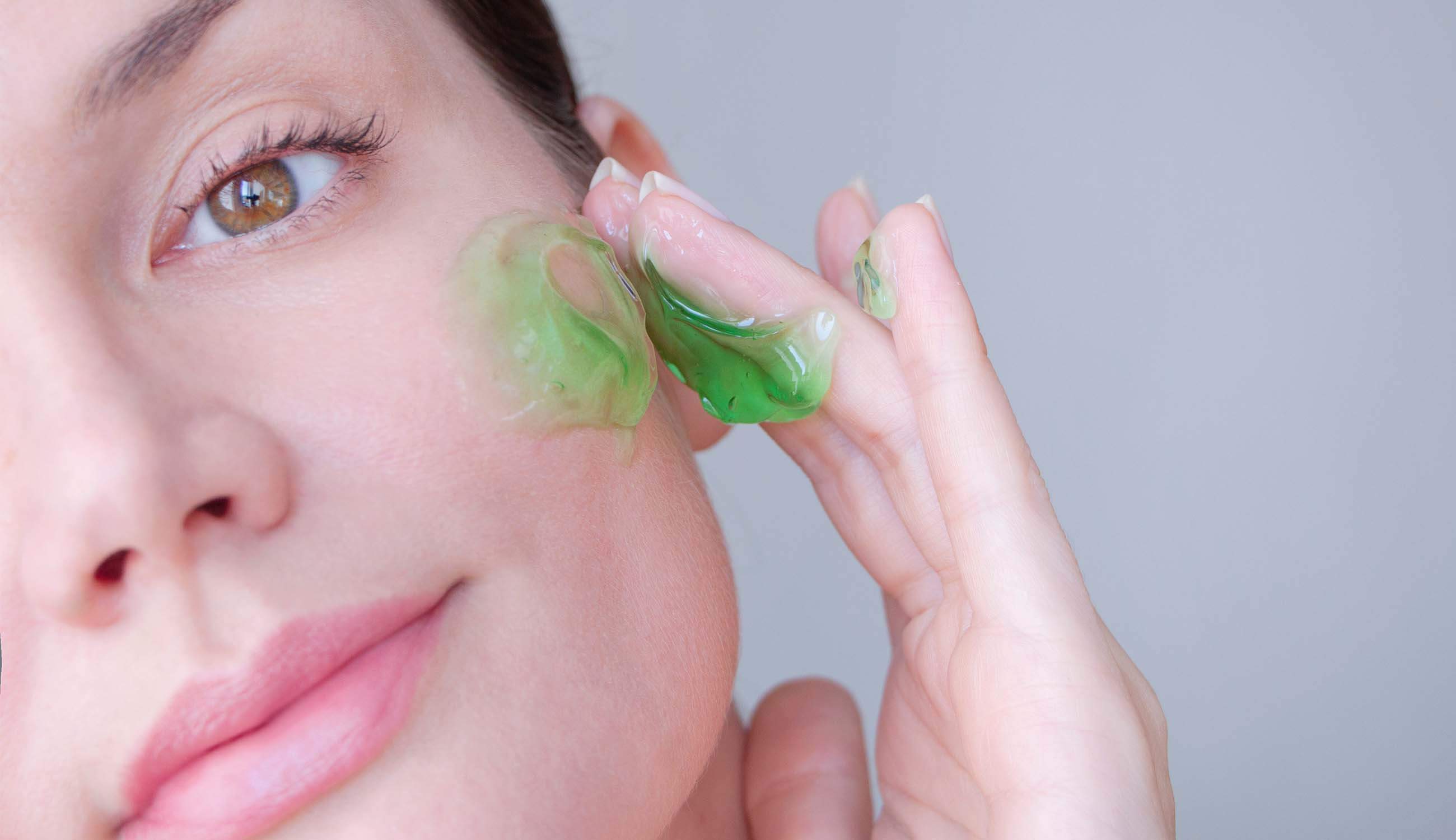Wondering how to exfoliate face and body? We’ll be your guide!
Written by: 100% PURE®
Spring fever is upon us, and if you’re like most of us coming out of the wintry dry season with dull, lackluster skin, pay close attention! One of the most overlooked steps in a skin care routine is exfoliation.
We’re here to demystify this important skin care step and guide you through how to exfoliate face and body to reveal glowing skin. Proper exfoliation for face and body makes all the difference for a smooth, spring-bound self. Here’s how you can achieve it!
Ever wonder how that glass-like complexion is achieved or how makeup can go on so smoothly for some while catching on patches of your skin? More than likely, exfoliation is at the top of the skin care routine.
Exfoliation is the process of removing dead skin cells from the surface of your skin. This allows for brighter, clearer skin, increased cell turnover, and deeper penetration of skin care products. There are two ways to learn how to exfoliate: manual and chemical.

When learning how to exfoliate face manually, you’ll use a scrub or tool to physically clear dead skin cells. Some of the more popular scrubs on the market use particles like sugar, walnut shells, and microbeads. Popular tools include a variety of face exfoliation brushes, face mitts, and konjac sponges.
When it comes to how to exfoliate face chemically, you’ll use a chemical liquid or gel to dissolve dead skin cells. The most popular chemical treatments for exfoliating at home include alpha and beta hydroxy acids (AHA/BHA) like glycolic, malic, and salicylic acids. The type of acid used depends on your skin type and needs.

Some of us already have exfoliation down to the ‘E’, while a few of us simply have not found the perfect method for how to exfoliate face. Did you know there is more than one way to exfoliate? And the method and exfoliation type you use depends on what part of your face and body you’re exfoliating. Let’s check them out!
Newsletter Subscribe
for more blog updates and exclusive discounts
How to Exfoliate Face (Method #1): Chemical Exfoliation
We know, hearing the word “chemical” can sound a bit intimidating. But not to worry; there are plenty of gentle skin care acids out there. Fruit enzymes, AHAs like glycolic and lactic acids, and BHAs like salicylic acid are popular chemical exfoliants. They slough away dead skin for a glowing complexion.
How to Exfoliate Face (Method #2): Micro-Scrubs
As its name implies, this type of scrub is composed of tiny particles or microparticles like finely ground fruit pulp, oats, and shell powders. For light exfoliation or if your skin is irritated, try a gentle, soothing product like our Lavender Oat Milk Soothing Cleanser.
This powder formula is only as exfoliating as you want it to be, based on how much liquid you use to activate it. It’s also formulated with colloidal oatmeal, which is incredibly nourishing to even the most irritated skin.
Feeling more like a microdermabrasion scrub? Our Matcha Oat Face Scrub uses exfoliating matcha powder and colloidal oatmeal to soften the complexion. This formula features small particles and might be more appealing to those seeking light to medium exfoliation.
How to Exfoliate Face (Method #3): Scrubs
There’s no reaching for a grainy facial scrub from a spa that can irritate or cause micro-tears in the skin. Get plenty of gentle yet effective buffing power to slough away dead skin with our Acai Pulp Facial Scrub. This antioxidant-rich scrub features finely ground grape seed and acai pulp, which are gentle enough for use even on sensitive skin.
Exfoliation can work wonders on skin that’s a little rough around the edges. But bumps, flakes, and dry patches don’t always appear on the face. They’ll be ancient history though once you nail down a proper body exfoliation routine.
The key to exfoliating is using natural, earth-friendly exfoliants, especially around drier or more sensitive parts like elbows and knees. We’ve got you covered, head to toe!
How to Exfoliate Body (Method #1): Exfoliating Hyperpigmentation
Perhaps you have post-summer dark spots looming on your body. Body exfoliating rejuvenates your skin by buffing away dark areas or hyperpigmentation.
A body scrub is one of the best tools for returning skin to optimal health. Together, this dream team of cacao and coffee meets sea salt for a totally stimulating, heavenly scrub that detoxifies and promotes glowing, energized skin.
How to Exfoliate Body (Method #2): Exfoliating Upper Arms and Thighs
Often, our upper arms and thighs, which sometimes get those little pesky bumps, don’t get as much TLC as our legs. Use a sea salt body scrub for these areas to naturally detoxify and smooth skin. Silky smooth plant and seed oils with hints of aromatherapy provide for a truly spa-worthy experience.
How to Exfoliate Body (Method #3): Exfoliating Sensitive Bony Areas
Let’s face it: having to shave across delicate areas like bony feet, ankles, and knees can feel like a minefield that’s one detonation away from blood. The sensitive science behind these delicate bony areas of the body holds the same: use an effective yet gentle scrub.
This nourishing matcha oat scrub uses matcha green tea powder and colloidal oatmeal to calm and soften the complexion. Powerful antioxidants and caffeine from matcha brighten skin and reduce redness for softer, more nourished skin.
You may already know how to exfoliate your face and body properly, but knowing how to execute your after-care is just as important. Especially after exfoliating, it’s important to be gentle with your skin while thoroughly protecting it from the elements.
The best way to care for your skin after exfoliating is by applying light products that will deliver deep hydration. Check out some of our favorites for the face and body!
#1: Tone Your Face
The best way to care for your face after exfoliating is by applying a hydrating toner to remove sloughed away skin while sealing in moisture. It’ll help your skin to recover from the exfoliation process, looking smoother and brighter than before.
#2: Apply a Facial Serum
This step is optional, but a hyaluronic acid serum should be an essential step after exfoliation for those who suffer from dehydrated skin or want the added benefit of extra plump, supple skin.
Our Rose Hyaluronic Acid Serum soothes skin and restores elasticity with the help of calendula and skin-smoothing beta-glucan. White tea adds its toning magic, while hyaluronic acid goes to work to plump and deeply hydrate your skin.
#3: Moisturize Your Face
After exfoliation, applying an occlusive product like a moisturizer will help to protect delicate, newly resurfaced skin. We use the Restorative Sea Culture Extra Riche Créme for deep, water-locking moisture from bacuri butter, shea butter, coconut oil, and jojoba oil.
For an extra boost of hydration, use a facial oil tailored to your skin type and needs. When facial oil is applied after your moisturizer, it creates an extra occlusive layer to seal in hydration. Plus, it has super water-locking benefits.
#4: Moisturize Your Body
Be sure to exfoliate your body, not just your face. Properly exfoliating your body can buff away dry skin and prime skin for maximum absorption of products to follow.
Just remember after exfoliation to follow with an ultra-skin softening, intensive nourishing body balm or body cream to restore hydration and moisture to freshly exfoliated, delicate skin.
Now that you’ve learned how to exfoliate face and body, you can decide whether to opt for manual or chemical exfoliators – or a mix of both! The best part is that exfoliants are diverse – there’s something for every skin type. Your key to ultra-smooth, healthier-looking skin is right around the corner!
Love exfoliation in all shapes and sizes? Check out our tips on how to exfoliate like a pro for your skin type. And with spring pool and beach days around the corner, you may want to peek at our guide to the best way to exfoliate the bikini area and after-care tips.
- Tags: April-2022, how-to, Skin Care
We carefully hand-select products based on strict purity standards, and only recommend products we feel meet this criteria. 100% PURE™ may earn a small commission for products purchased through affiliate links.
The information in this article is for educational use, and not intended to substitute professional medical advice, diagnosis, or treatment and should not be used as such.

